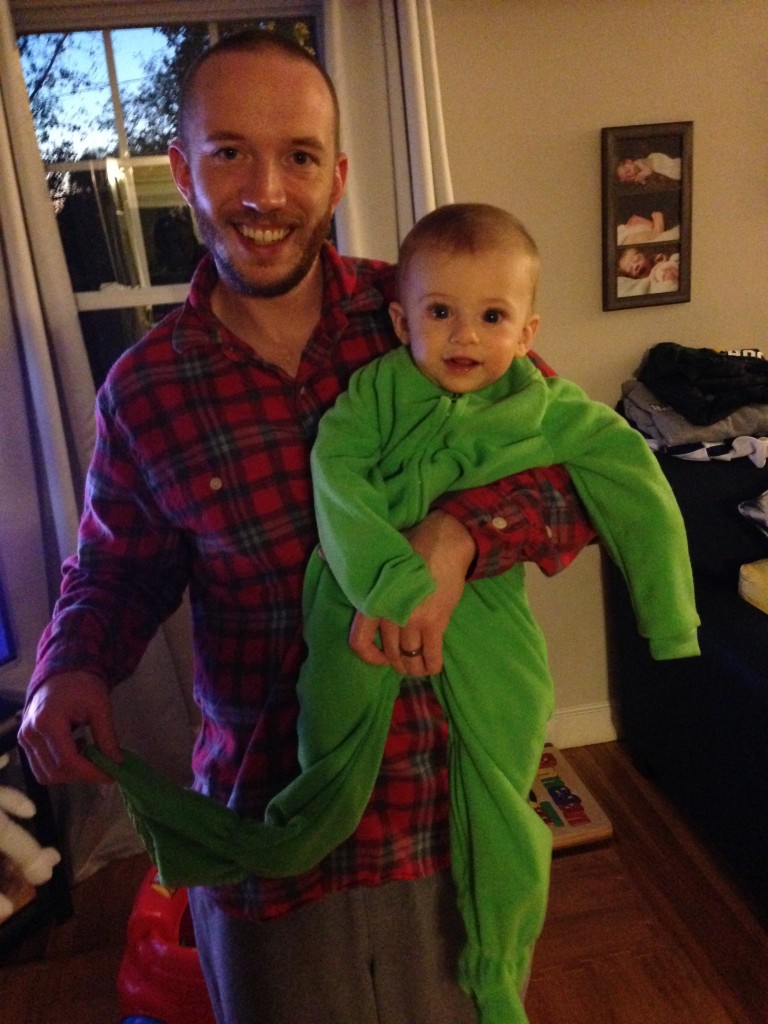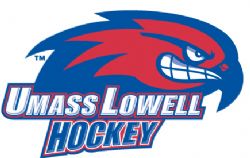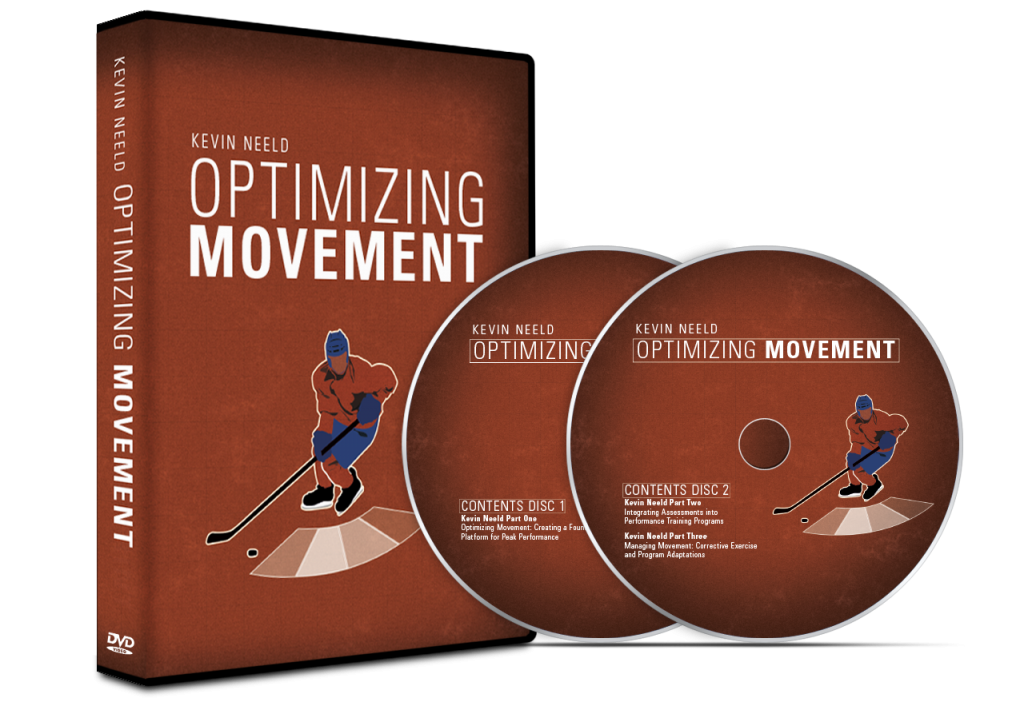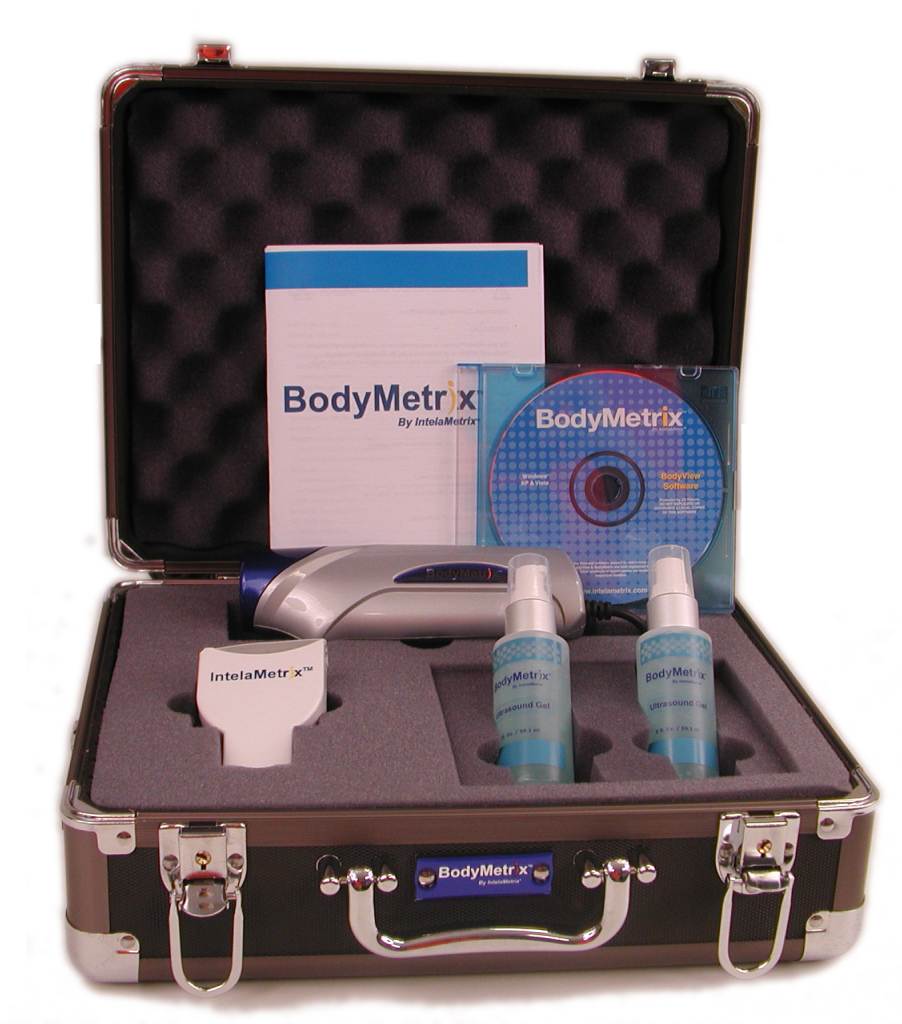Using heart rate and heart rate variability to both track and govern physiological responses to training is a hot topic right now. While heart rate monitors have been around for a while, advances in software & technology have made their use much more accessible in recent years, especially in team settings.
As with anything new, I think a lot of people (myself included) are still navigating their way through how they want to use the technology and data to drive decisions about their training.
This is one of the reasons why I’m so excited to share today’s article from Devan McConnell with you. Devan is the Head Sports Performance Coach at UMass Lowell, who works primarily with the men’s hockey team there. I first met Devan in San Jose when I was out helping Mike Potenza with a Sharks’ camp, while Devan was still working at Stanford (and also helping with the camp). Since then, we’ve become good friends, largely bonding over our affinity for pizza and It’s Always Sunny in Philadelphia (preferably mixed together).

I got Devan’s new son Finnegan a baby Greenman costume. He’ll grow into it.
Aside from being a friend, Devan has also been a great resource for me over the last few years as he’s not only constantly working to improve himself, but he works in a different setting than I do so he has a different perspective on things. In today’s guest article, he shares how he’s been using his team heart rate system, what information it provides him and the coaching staff, and how this can be used to modify the development process.
Lots of great stuff here. Enjoy!
Tracking Heart Rate in a Team Setting from Devan McConnell
I have been fortunate to have the opportunity to utilize several pieces of technology with the hockey team at UMass Lowell over the last year or so. The information gathered from our Heart Rate System has become invaluable to how we train off the ice as well as on the ice.
First, a little background. We use the FirstBeat Team Heart Rate System, which allows us to track every player’s real time heart rate response during training, practice, and games. Not only are we able to see in real time how an athlete’s cardiovascular system is responding to work, the system gives us several data points after the fact that allow us to evaluate things like training load, time spent at different intensities, response to stress on the nervous system, energy expenditure, as well as several other parameters.

The data we are able to collect plays a large roll in the decision making process of our program, both on a day to day basis as well as the longer term, developmental process.
On a day to day basis, I am able to adjust recovery protocols based on the type of stress from a training session or practice, evaluate how much work a player had to put forth relative to their line mates or D partners (assessing efficiency), and provide feedback to the player on how well they are recovering between shifts and offer suggestions for improvement.
I am also able to provide our coaching staff with immediate feedback about the level of intensity of certain drills or practice as a whole, which has become an important aspect of overall player development, as our coaching staff has embraced the empirical data and are able to design practice plans based on training intensities.
Individualizing Interval Training
In addition, we are able to use the FirstBeat System in our off-ice training program by using the real time information to dictate work and rest periods during our Energy System Development work. Depending on what we are trying to achieve from a physiological perspective, we will have players rest until they recover to a certain percentage of their max heart rate, thereby ensuring the proper work:rest ratio for their individual needs. This way we are ensuring that we are doing the right amount of work, not simply the most work possible.
From a long-term development perspective, the heart rate system and the data that we gather from it, along with other metrics we collect on a daily and monthly basis, allow us to constantly refine and adjust our development plan. For instance, we have seen a case where the HR data suggests that a player is woefully out of shape, however the Heart Rate Variability test and Subjective Recovery Questionnaire paint a picture of a highly overstressed, sympathetic dominant individual. Upon further inspection, this particular player was undergoing a traumatic life event, which was incredibly stressful. We were able to alter his training and recovery plan, and his HR data returned back to more normal levels.
Differences in Position
One of the other areas that the team heart rate system has been beneficial is in our understanding of the workloads by different positions within the same practice or game. We have noticed that the workload and type of cardiovascular stress that is placed on most goaltenders during practice is much different than that of a game. Game time data shows that goalies have short bouts of explosive work, followed by relatively long bouts of rest. However in practice, the opposite is usually true.
Goaltenders often have to perform for several minutes straight as the take on an entire team’s worth of shots, before they get a short break. By better understanding the actual physiological demands being placed on them during practice, we can adjust their off-ice training plan to account for the realities of practice and the needs of the game.

UMass Lowell has produced some great goaltenders (Picture from USCHO.com)
Unfit…or tired?
Another area where the HR data, in conjunction with our recovery information, has been helpful is in better understanding the interplay between fatigue and fitness. Without objective data, it is easy to accuse a player of being slow or unfit, when in reality the issue may be a lack of proper recovery. Our data has helped to differentiate when someone is truly not in shape, or rather when they are overly fatigued from an inappropriate workload. In the second case, more work won’t improve the situation…this athlete needs rest. This is a common mistake in the training and coaching world, as the easiest answer is to do more…but this is often not the correct answer.
While I have been fortunate to have these technological tools at my disposal over the past year or so, it is important to understand the role of data in sports performance. As “Big Data” becomes more and more prevalent in sports, the experienced eye of a good coach will remain the most important tool in a coach’s toolbox. Data can help lend context to what we are seeing, but it shouldn’t be completely relied on to make decisions.
-Devan McConnell
Devan McConnell, Head Performance Coach at UMass Lowell, is in charge of the day to day physical development of the ice hockey team. From strength and power development, movement skills, nutrition, recovery and regeneration, as well we physiological monitoring and analytics, he oversees all aspects of physical development for the RiverHawks program. He can be reached via email or on Twitter at @DMcConnell29
To your success,
Kevin Neeld
HockeyTransformation.com
OptimizingMovement.com
UltimateHockeyTraining.com
Please enter your first name and email below to sign up for my FREE Athletic Development and Hockey Training Newsletter!
Get Ultimate Hockey Transformation Now!
Year-round age-specific hockey training programs complete with a comprehensive instructional video database!

“Kevin Neeld is one of the top 5-6 strength and conditioning coaches in the ice hockey world.”
– Mike Boyle, Head S&C Coach, US Women’s Olympic Team
“…if you want to be the best, Kevin is the one you have to train with”
– Brijesh Patel, Head S&C Coach, Quinnipiac University















 Use CODE: "Neeld15" to save 15%
Use CODE: "Neeld15" to save 15%